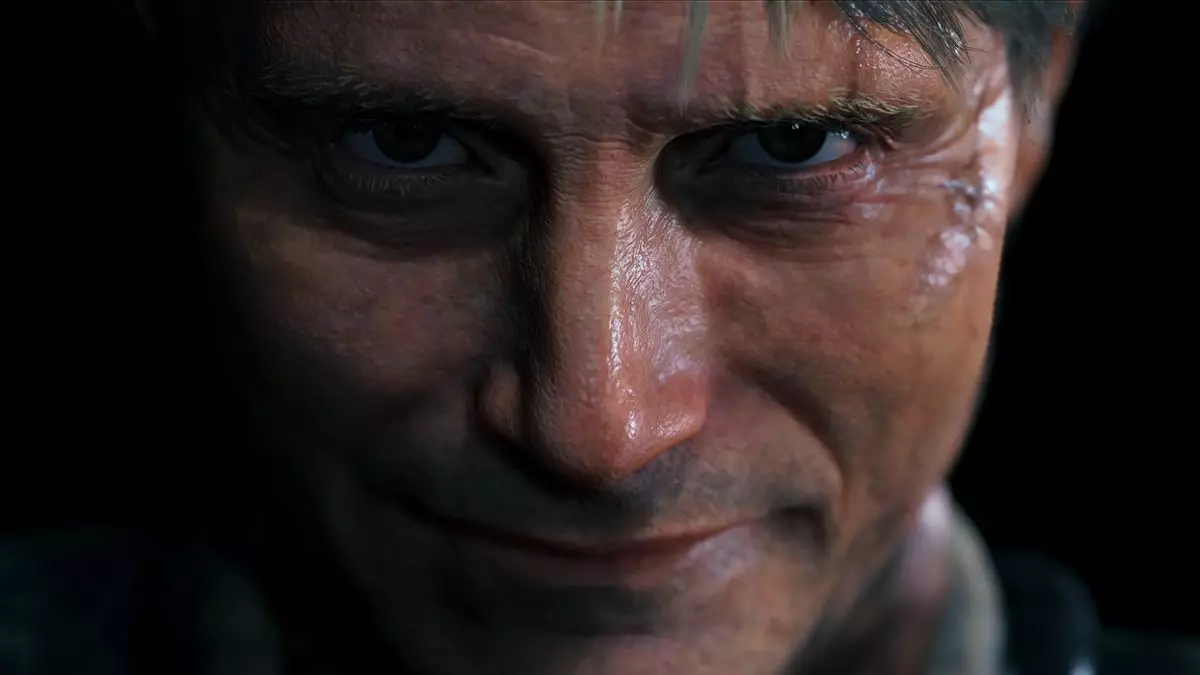Hideo Kojima stands out in the realm of video games like a towering figure in an expansive cinematic landscape. Renowned for his groundbreaking titles, including the iconic Metal Gear series and the more recent Death Stranding, Kojima’s work transcends traditional gaming. It is often likened to film due to its rich storytelling, intricate plots, and depth of character development. Through his unique lens, he has crafted experiences that feel as immersive and compelling as any major motion picture. But what fuels this cinematic approach to game design? In examining Kojima’s reflections on his craft, we explore the roots of creativity that merge gaming and cinema.
Kojima’s self-described “cinema DNA” articulates an essential truth about his creative process. Drawing from his childhood experiences, he recognizes that exposure to film has profoundly shaped his artistic output. During a revealing interview conducted in 1999, he spoke with intricate clarity about how the allure of cinema integrates itself within his games, saying, “Having grown up with movies… that DNA will always make its influence felt.” This notion suggests that his attachment to film is not a conscious decision but a deeply ingrained aspect of his creative identity—a subconscious imprint that manifests in his work.
Understanding this relationship is critical; it highlights a generational influence where the boundaries between gaming and film blur. As Kojima articulates, creators from his generation have received inspiration from films, integrating those elements into the narratives and aesthetics of their games. Genres have evolved, and what distinguishes Kojima’s creations is how he weaves cinematic techniques into interactive experiences, allowing players to engage with dramatic arcs and emotional weight akin to that found in movies.
As the industry moves forward, Kojima expresses concerns regarding the apparent shift in creative influences among newer generations of game developers. He shares an unease that today’s young creators may prioritize video games exclusively, without the multifaceted inspiration that other art forms, especially cinema, could provide. Games have indeed becoming their own paramount medium; however, an artistic lineage defines the richness of storytelling that emerges when various media interconnect.
In an age where gaming is more accessible than ever, the challenge lies in ensuring that developers continue to draw from a diverse pool of media. Kojima’s warnings resonate particularly today, as gamers find themselves inundated with content primarily influenced by gaming culture, potentially foregoing the broader artistic stimulation that could elevate their storytelling abilities.
Reflecting on his body of work, Kojima’s assertion is unmistakable: while he does not deliberately set out to create films, the very essence of cinema permeates his game development philosophy. He captures elements such as “stylish lighting” and “beautiful framing”—artistic techniques typically reserved for filmmaking—and skillfully integrates them into gameplay. This synthesis of narrative artistry results in games that feel less like toys and more like living stories meant for exploration and emotional connection.
Kojima’s acknowledgment that “A single work becomes invested with many unconscious strands” speaks to the depth of his creative intention. Each project he undertakes, from Metal Gear Solid’s complex political narratives to Death Stranding’s emotional themes, carries a unique amalgamation of experiences and inspirations that transform it into a layered work of art. This phenomenon exemplifies why players often perceive his games as cinematic not just in form but in immersive emotional resonance.
As we look toward the future of Kojima’s endeavors, with projects like the much-anticipated *Death Stranding* film and his collaboration with filmmaker Jordan Peele, the intersection of gaming and cinema grows ever more fascinating. With Kojima at the helm, players can anticipate an evolution in how stories are told across these beloved mediums. His vision continues to push boundaries and redefine what video gaming can be, not solely as entertainment but as an impactful form of artistic expression.
Hideo Kojima’s ability to blend the nuances of cinema into gaming creates a transcendent experience that elevates both forms of media. By advocating for the necessity of diverse influences, he emphasizes that the future of gaming holds remarkable potential, waiting to be realized through the enriched lens of artistic collaboration. The legacy of his “cinema DNA” infuses his work with a powerful essence that resonates far beyond traditional gaming, inspiring future creators to seek depth and innovation in their narratives.


Leave a Reply